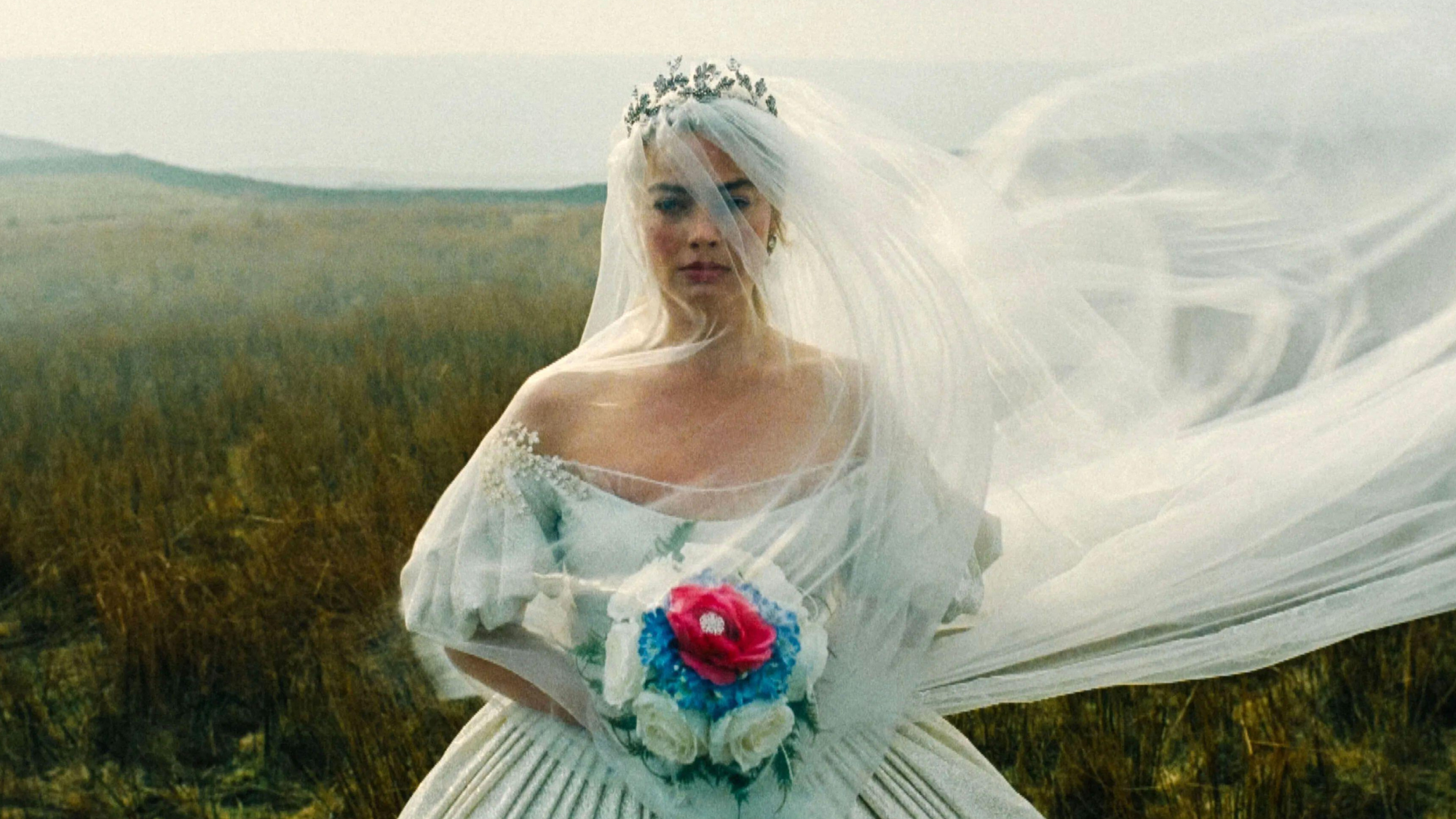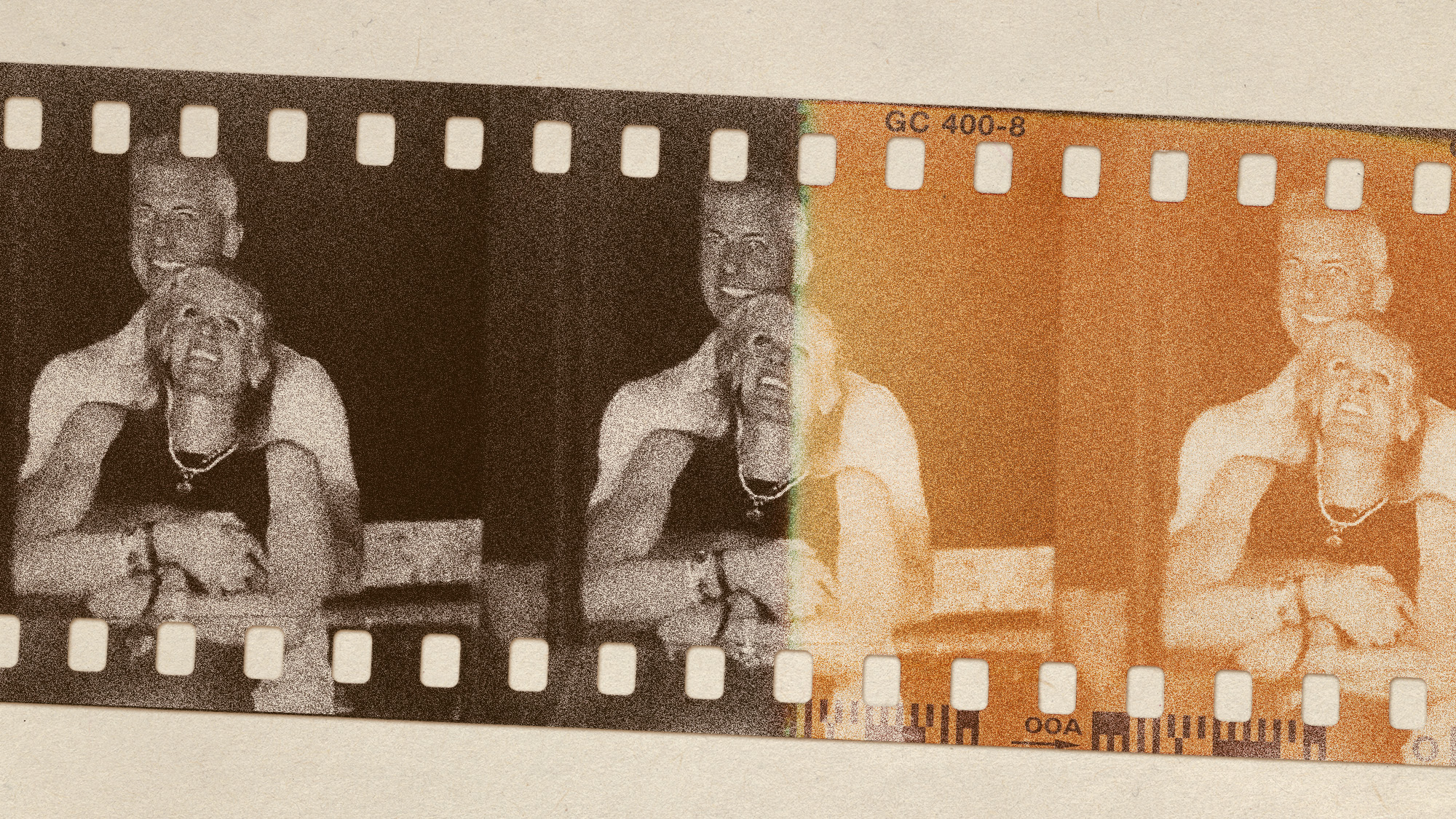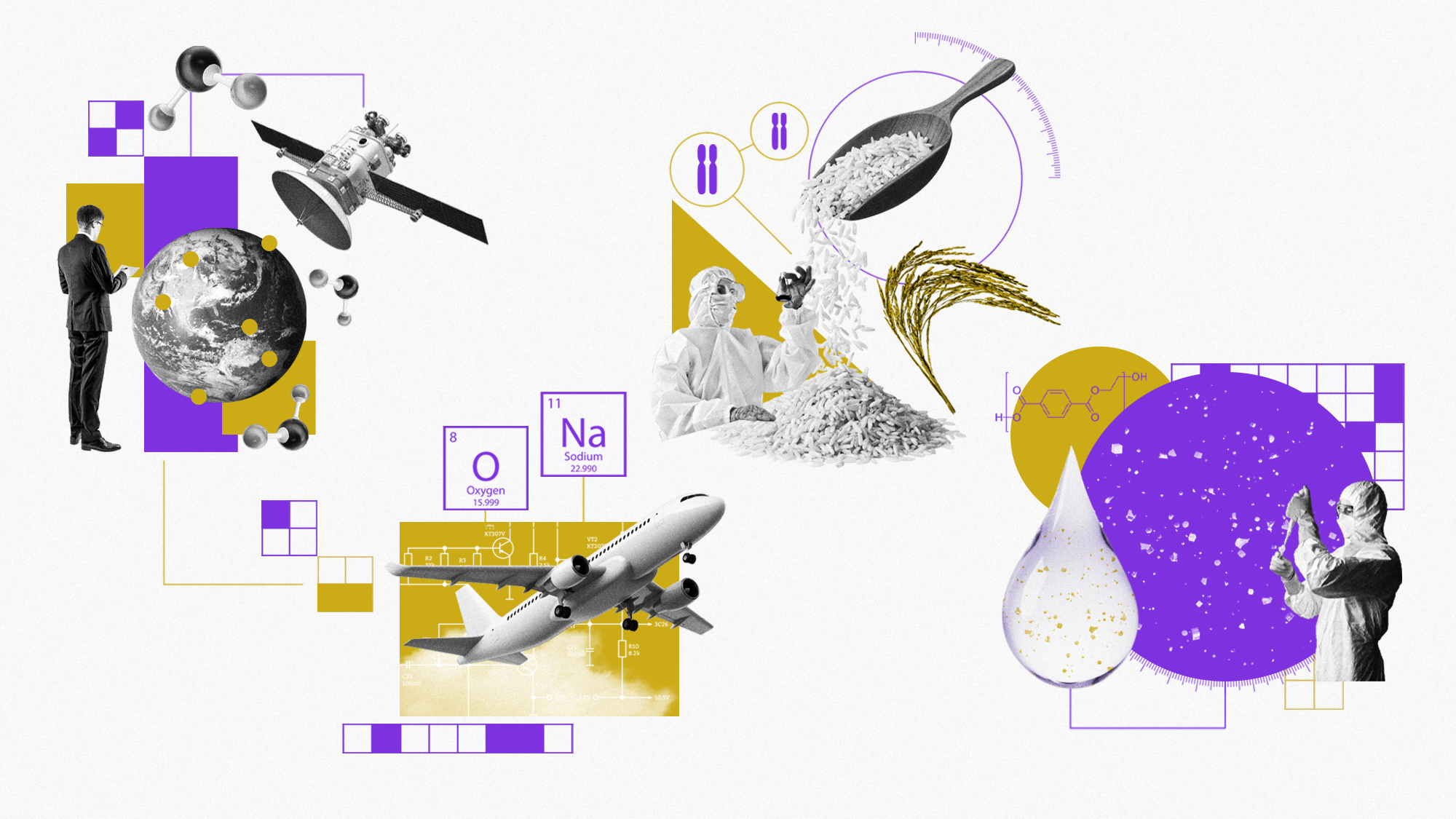Louise Bourgeois
The retrospective at the Guggenheim Museum begins with works the French artist created shortly after immigrating to New York in the 1930s.
Louise Bourgeois
Guggenheim Museum, New York
Through Sept. 28
The Week
Escape your echo chamber. Get the facts behind the news, plus analysis from multiple perspectives.

Sign up for The Week's Free Newsletters
From our morning news briefing to a weekly Good News Newsletter, get the best of The Week delivered directly to your inbox.
From our morning news briefing to a weekly Good News Newsletter, get the best of The Week delivered directly to your inbox.
No artist captures the creepy connection between eroticism and violence better than Louise Bourgeois, said Peter Plagens in Newsweek. Now 96, she has been making art for half a century that’s “pioneering, quirky, technically breathtaking, disturbing, confessional, and very, very sexual.” An “essential” retrospective at the Guggenheim begins with works the French artist created shortly after immigrating to New York in the 1930s. But it was the deeply personal sculptures produced in the 1960s that made her a heroine of early feminist art. Bourgeois’ still-seething anger at her philandering father, for instance, is referenced in works such as In Choisy (1993)—which shows a guillotine poised above a marble model of her childhood home. “Here’s a work of modern art whose meaning isn’t hard to figure out.” One disturbing recent work, “tellingly titled Maman (‘Mommy’ in French),” is a 30-foot-high spider made from steel and marble. “The odd feeling of imprisonment you, get when you’re under the creature, with legs all around you,” is typical of several womb-like, claustrophobia-inducing spaces scattered throughout the exhibition.
Bourgeois’ relentlessly bleak themes can be off-putting, said Holland Cotter in The New York Times. But her incessant experimentation with materials and styles ensures that this retrospective is full of pleasant surprises. “Over the show’s 60-year span, Ms. Bourgeois doesn’t get ‘better’ as much as she gets different.” She has created sculptures using everything from salvaged construction timber to delicate, stitched fabric to stone lifted into place by cranes. Self-consciously Freudian sculptures, such as the “latex-and-plaster penis that is also a vagina and floats like a mobile (Filette, 1968),” tell an intensely personal story of psychological trauma. But they also tell of a woman who thrived in the male-dominated art world and developed her own innovative aesthetic.
A free daily email with the biggest news stories of the day – and the best features from TheWeek.com
-
 The most anticipated movies of 2026
The most anticipated movies of 2026The Week Recommends If the trailers are anything to go by, film buffs are in for a treat
-
 The biggest viral moments of 2025
The biggest viral moments of 2025In the Spotlight From the Coldplay concert kiss cam to a celebrity space mission, these are some of the craziest, and most unexpected, things to happen this year
-
 Environment breakthroughs of 2025
Environment breakthroughs of 2025In Depth Progress was made this year on carbon dioxide tracking, food waste upcycling, sodium batteries, microplastic monitoring and green concrete
-
If/Then
feature Tony-winning Idina Menzel “looks and sounds sensational” in a role tailored to her talents.
-
Rocky
feature It’s a wonder that this Rocky ever reaches the top of the steps.
-
Love and Information
feature Leave it to Caryl Churchill to create a play that “so ingeniously mirrors our age of the splintered attention span.”
-
The Bridges of Madison County
feature Jason Robert Brown’s “richly melodic” score is “one of Broadway’s best in the last decade.”
-
Outside Mullingar
feature John Patrick Shanley’s “charmer of a play” isn’t for cynics.
-
The Night Alive
feature Conor McPherson “has a singular gift for making the ordinary glow with an extra dimension.”
-
No Man’s Land
feature The futility of all conversation has been, paradoxically, the subject of “some of the best dialogue ever written.”
-
The Commons of Pensacola
feature Stage and screen actress Amanda Peet's playwriting debut is a “witty and affecting” domestic drama.